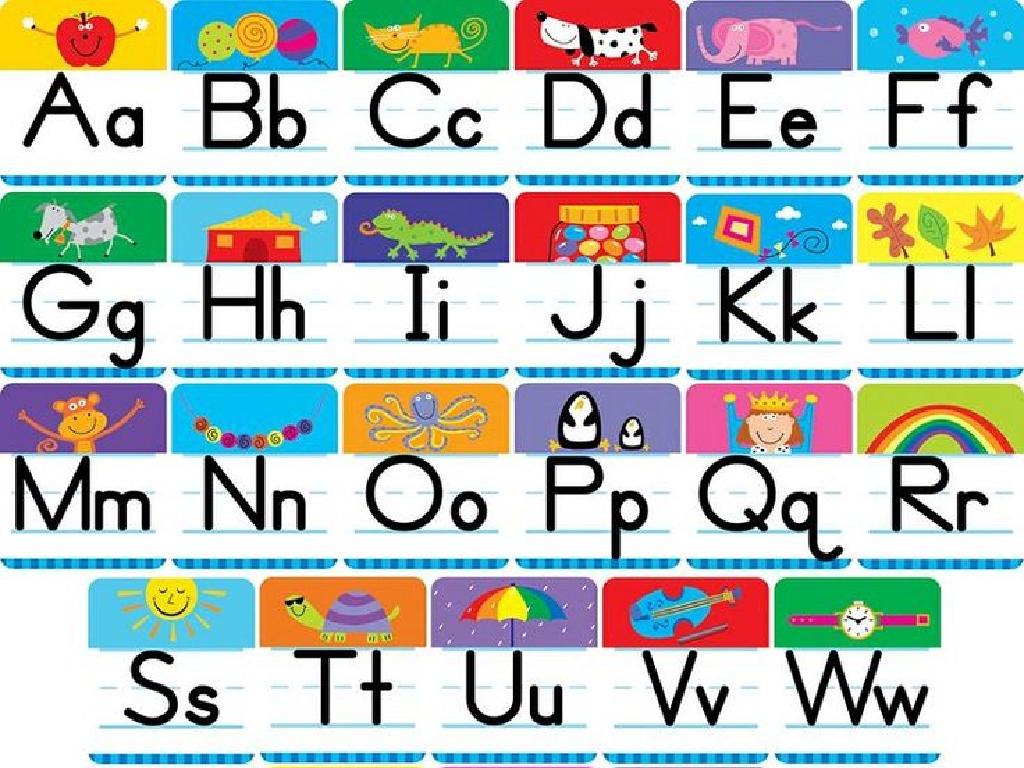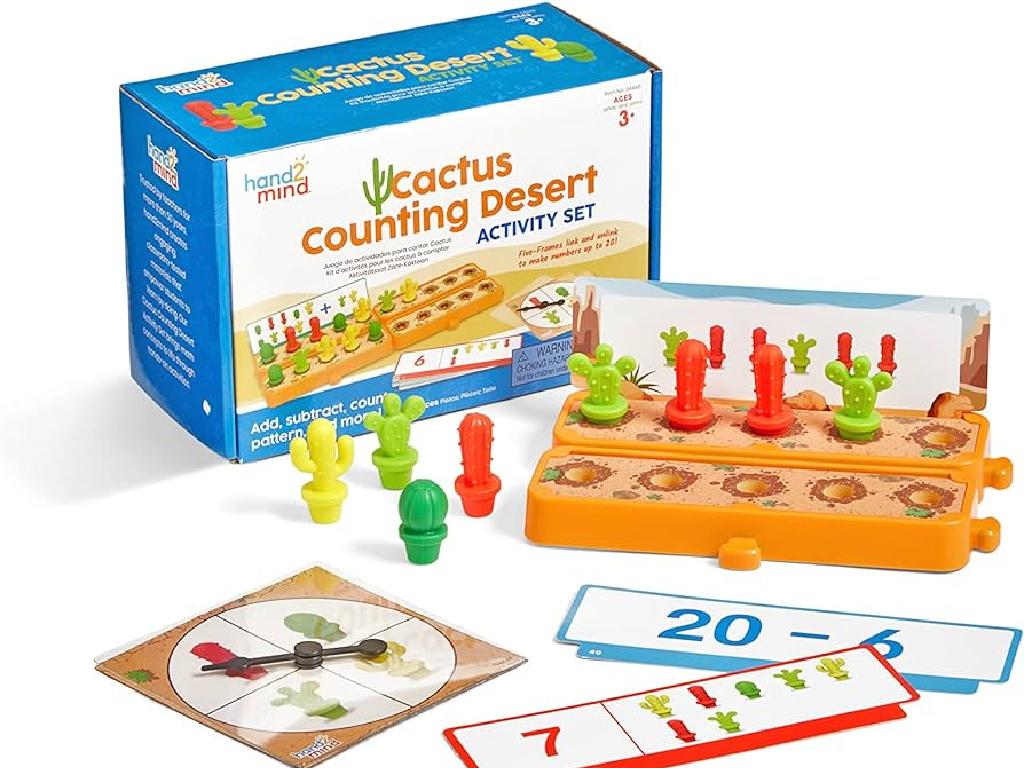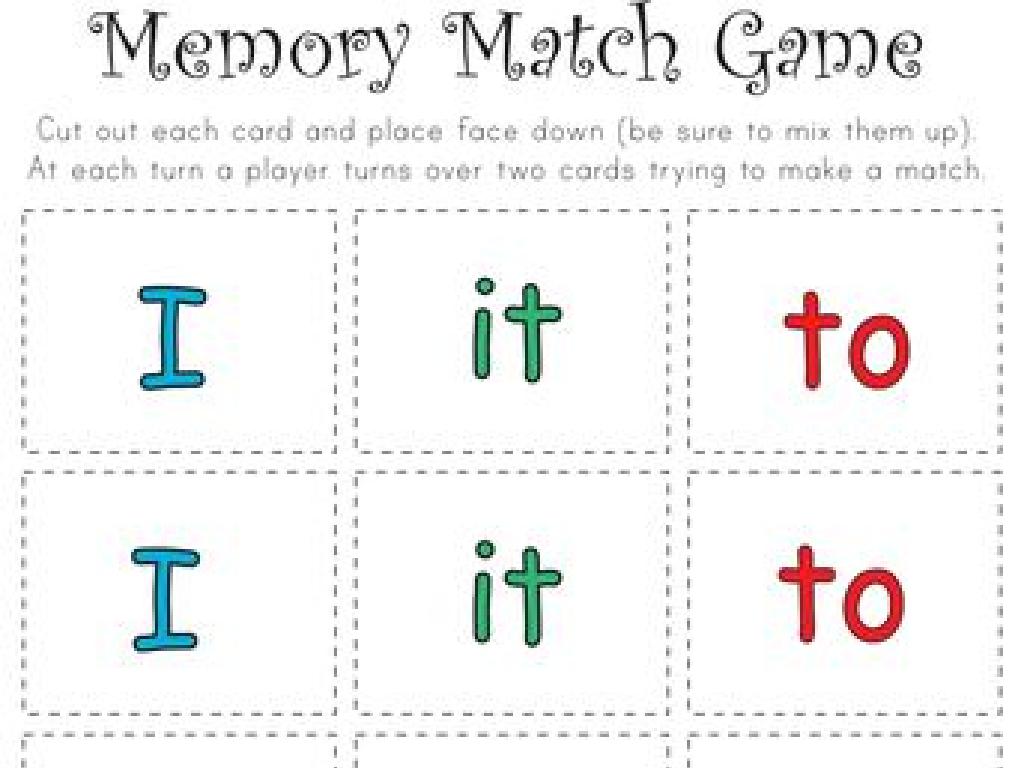Roman Government: Monarchy To Republic
Subject: Social studies
Grade: Sixth grade
Topic: Rome And The Byzantine Empire
Please LOG IN to download the presentation. Access is available to registered users only.
View More Content
From Monarchy to Republic: The Evolution of Roman Government
– Explore Ancient Rome’s history
– A civilization that began around 753 BC and became a powerful empire
– Define ‘government’ and its roles
– A system that makes and enforces rules for a community
– Rome’s shift from Monarchy to Republic
– How Rome transitioned from kings to a system where people had a say
– Significance of the Republic in history
– The Republic influenced many modern democratic systems
|
This slide introduces students to the grandeur of Ancient Rome and the concept of government, setting the stage for a deeper dive into Rome’s political transformation. Begin with a brief overview of Rome’s foundation and its growth into an empire. Clarify the term ‘government’ and discuss its importance in society. Then, focus on the significant shift from a Monarchy, where one king ruled, to a Republic, which allowed for more democratic principles, influencing many governments today. Highlight that this lesson will explore why and how this transformation happened, its impact on Roman society, and its lasting legacy in modern governance.
From Monarchy to Republic in Ancient Rome
– Understanding Monarchy
– A system where a single ruler, a king or queen, holds power.
– Monarchies in history
– Ancient Egypt and Rome were monarchies; Pharaohs and Kings ruled.
– Roman Monarchy’s King
– The king was central in Rome, leading armies, and religious ceremonies.
– Transition to Republic
|
This slide introduces the concept of a monarchy and its historical context, particularly in Ancient Rome. A monarchy is a form of government where a single person, the monarch, has absolute power over the state. Historically, monarchies have been common, with rulers like the Pharaohs in Egypt and the Kings in Rome. In Roman Monarchy, the king had significant power, leading military campaigns and performing key religious duties. The slide will also touch upon the transition from monarchy to republic in Rome, setting the stage for a discussion on how and why this transformation took place, which will be crucial for students to understand the development of Roman government systems.
The Roman Kingdom: From Monarchy to Republic
– Timeline: 753-509 BC
– The Roman Kingdom lasted from the founding of Rome to the establishment of the Republic.
– Key monarchy figures/events
– Romulus, Numa Pompilius, and Tarquin the Proud were notable kings.
– Daily life under Roman kings
– People worked in agriculture, trade, and families were patriarchal.
– Transition to a republic
– The last king was overthrown, leading to the formation of the Roman Republic.
|
This slide introduces students to the Roman Kingdom, the initial period of ancient Rome’s history. It covers the timeline from the founding of Rome to the overthrow of the monarchy. Highlight key figures such as the first king Romulus and the last king Tarquin the Proud, and significant events like the establishment of traditions and institutions. Discuss the daily life of Romans under the kings, including social structures, occupations, and family life. Conclude with the transition to the republic, explaining the reasons behind the overthrow of the monarchy and the establishment of a new political system. Encourage students to think about how life might have been different under a king compared to a republic.
Transition to Republic in Ancient Rome
– Fall of the Roman Monarchy
– Discontent with kings and abuse of power led to the fall.
– Birth of the Roman Republic
– Romans established a republic with elected leaders.
– Republic vs. Monarchy
– A republic is led by representatives, unlike a hereditary monarchy.
– Significance of the Republic
|
This slide explores the pivotal transition from monarchy to republic in ancient Rome. Discuss the reasons behind the fall of the Roman Monarchy, such as the tyranny of the last king, Tarquin the Proud, and the growing desire for a more representative form of government. Highlight the establishment of the Roman Republic, emphasizing the new system where officials were elected to govern on behalf of the people. Compare and contrast the concepts of a republic and a monarchy, noting that in a republic, citizens have a say in governance, unlike in a monarchy where the ruler is typically born into power. The significance of the Republic is in its influence on modern democratic systems, and it’s important to convey this to the students. Encourage them to think about how the change from monarchy to republic might have affected the daily life of a Roman citizen.
The Structure of the Roman Republic
– Formation of the Roman Republic
– Consuls, Senate, and Assemblies roles
– Consuls led the army and government; Senate advised leaders; Assemblies made laws
– Powers of Roman political bodies
– Consuls had imperium; Senate controlled finances; Assemblies voted on laws
– Significance of the Twelve Tables
– First codification of Roman law, ensuring rights and equality
|
This slide aims to explain the transition from monarchy to a republic in ancient Rome and the structure of the new government. Emphasize how the Republic was a complex system with checks and balances between various political bodies. Consuls were the executive leaders, the Senate was the advisory body, and the Assemblies were the legislative branch. Highlight the Law of the Twelve Tables as a significant milestone that laid the foundation for Roman law and civil rights. Encourage students to think about how these elements compare to modern-day government structures and the concept of rule of law.
Daily Life in the Roman Republic
– Social classes: Patricians vs. Plebeians
– Patricians were wealthy elites; Plebeians were common folk.
– Rights and duties of citizens
– Citizens could vote, had to pay taxes, and serve in the army.
– Economic changes in the Republic
– Trade expansion led to economic growth and wealth disparity.
– Social changes during the Republic
– Social reforms occurred due to Plebeian uprisings.
|
This slide aims to give students an understanding of the social structure and daily life during the Roman Republic. Highlight the differences between the two main social classes, the Patricians and Plebeians, and discuss the rights and responsibilities that came with Roman citizenship, such as voting and military service. Explain how the Republic’s economy evolved with increased trade and the resulting social changes, including the gap between rich and poor and the Plebeian struggle for rights. Use this discussion to set the stage for how these dynamics contributed to the eventual shift from a republic to an empire.
The End of the Roman Republic
– Decline factors of the Republic
– Political corruption, social conflict, and military takeovers led to the fall.
– Julius Caesar’s rise to power
– Caesar gained support, leading to his dictatorship and the end of the Republic.
– Transition from Republic to Empire
– Rome shifted from elected officials to a single emperor’s rule, changing the governance structure.
– Reflect on government changes
|
This slide discusses the decline of the Roman Republic and the rise of the Roman Empire. Key factors contributing to the Republic’s fall include political corruption, social conflict, and military interference in politics. Julius Caesar’s ascent and eventual appointment as dictator for life marked a significant turning point. The transition to Empire began as power consolidated under a single ruler, moving away from the earlier system of elected representatives. Encourage students to think about how governments evolve and what factors can lead to such significant changes over time. This reflection will help them understand the dynamic nature of political systems and the impact of leadership and societal issues on governmental structures.
Class Activity: Create Your Republic!
– Divide into groups, design a republic
– Assign roles within your republic
– Consuls lead, Senators advise, Assembly votes
– Create your republic’s laws
– Laws should be fair and protect citizens
– Discuss the importance of each role
|
This activity is designed to help students understand the structure and function of the Roman Republic by creating their own. Divide the class into small groups, each group will form a mini-republic. Students will assign roles among themselves: two Consuls who will act as leaders, Senators who will counsel and advise on important matters, and Assembly members who will represent the citizens and vote on laws. Each group will then work together to create a set of laws that their republic will follow. Encourage them to think about the rights and responsibilities of citizens and how laws can reflect the values of a society. After the activity, lead a discussion on how each role contributes to the republic and the challenges they faced in creating fair laws. Possible variations of the activity could include creating a constitution, dealing with a crisis, or interacting with other ‘republics’ to negotiate treaties.
Reflecting on Rome’s Legacy
– Recap Roman government evolution
– Influence on modern governments
– Roman Republic’s principles are seen in many democratic systems.
– Engage in Q&A session
– Reflect on today’s lesson
– Think about how history shapes our government today.
|
This slide aims to summarize the key points of the lesson on the evolution of the Roman government from monarchy to republic. Highlight the transition phases and the establishment of the republic, emphasizing the concept of a government by the people. Discuss the influence of the Roman Republic on modern democratic systems, such as the use of senates and the rule of law. Encourage students to ask questions to clarify their understanding. Conclude with a reflection on the importance of historical events in shaping contemporary political structures. This will help students connect the past with the present and understand the origins of some aspects of modern governance.






